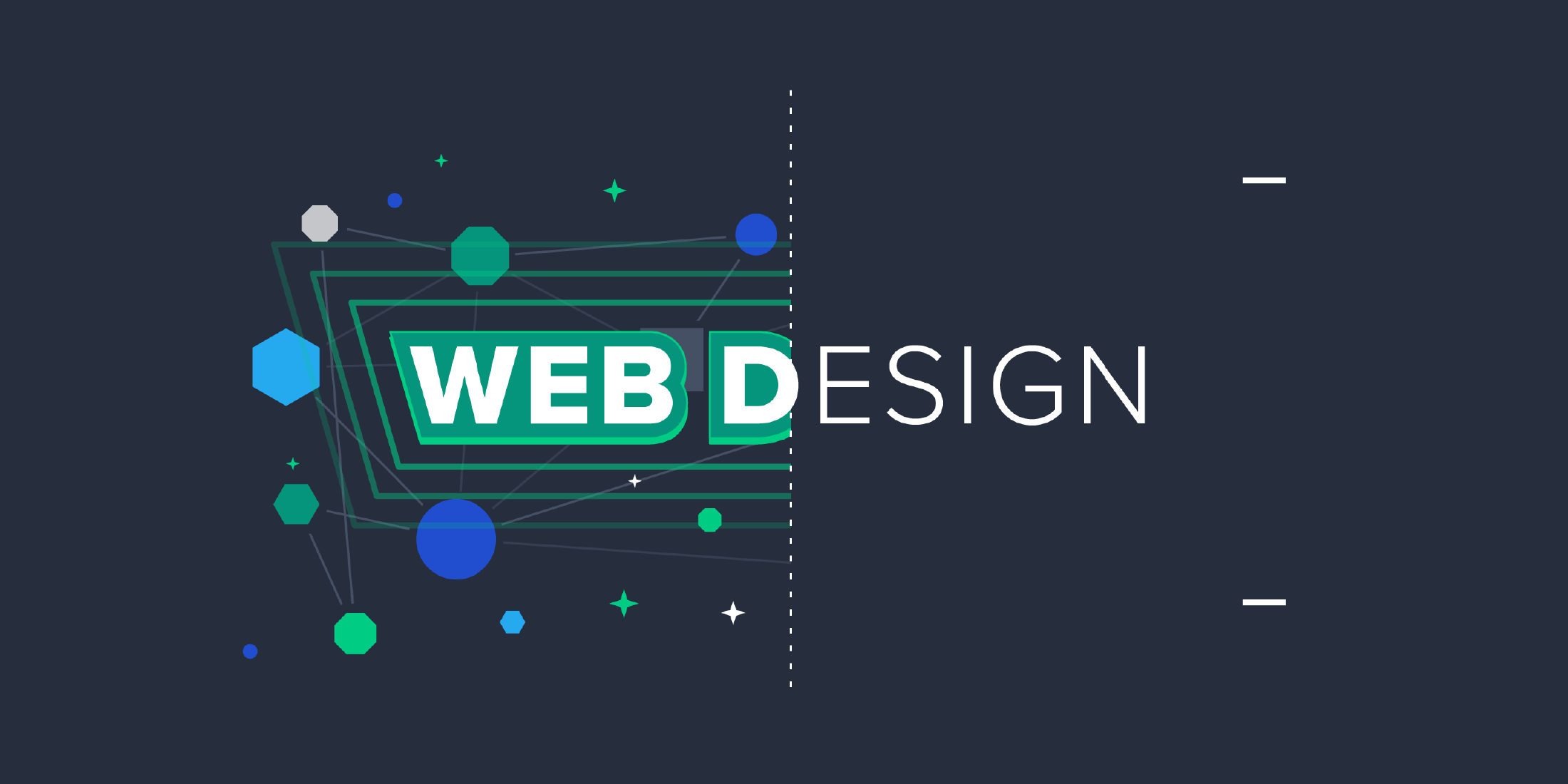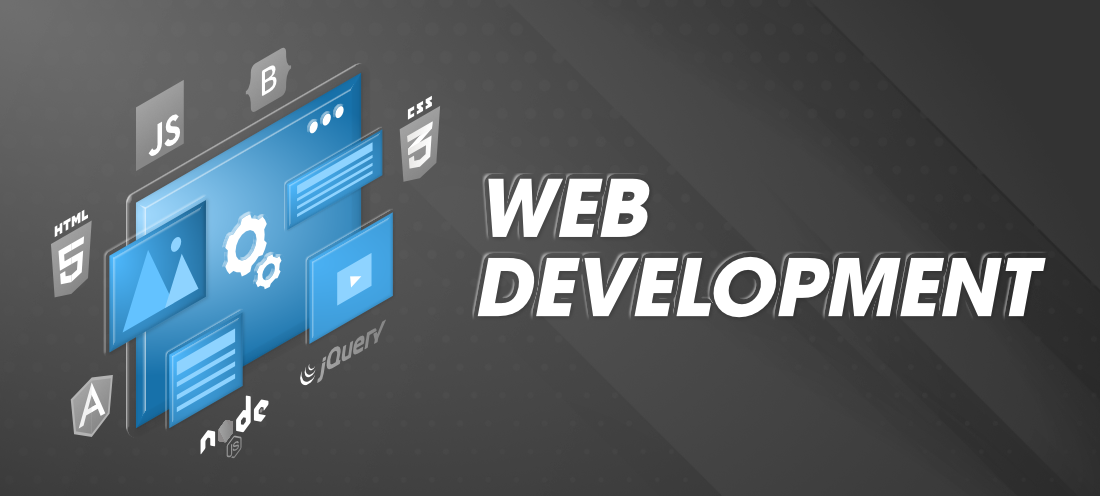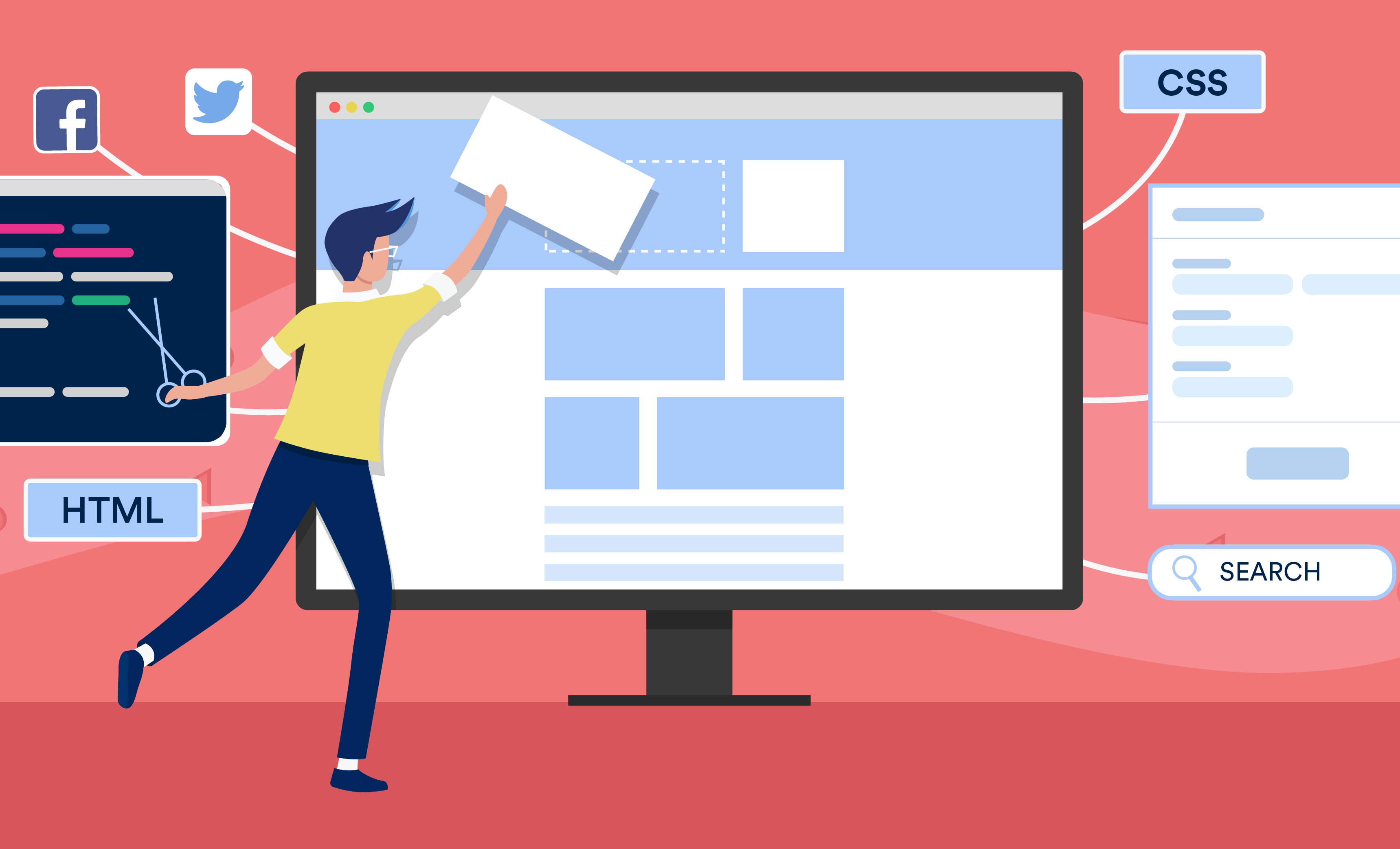All Categories
Featured
Table of Contents
- – Top 30 Web Design Companies - Apr 2022 - Desig...
- – Web Development Bachelor's Degree - Full Sail...
- – Top 30 Web Design Companies - Apr 2022 - Desi...
- – Web Design Service - Professionally Designed ...
- – Design Principles - U.s. Web Design System (U...
- – Figma: The Collaborative Interface Design Too...
- – Arch Web Design: Top-rated Web Design Agency...
- – Web Design Museum 1991 – 2006 Tips and Tricks:
- – Why Good Web Design Is Important, And Why Yo...
- – Web Designer: Learn The 9 Skills You Need In...
- – Web Design Services - Networksolutions.com T...
Top 30 Web Design Companies - Apr 2022 - Designrush Tips and Tricks:
Quick summary Use and the energy, not the visual style, determine the success or failure of a website. Considering that the visitor of the page is the only person who clicks the mouse and for that reason decides whatever, user-centric style has actually established as a basic method for effective and profit-oriented web style - web design frederick md.
and the utility, not the visual style, figure out the success or failure of a website. Because the visitor of the page is the only individual who clicks the mouse and for that reason chooses whatever, user-centric design has become a standard approach for successful and profit-oriented website design. After all, if users can't use a feature, it might too not exist.
g. where the search box should be placed) as it has currently been carried out in a number of articles; rather we concentrate on the methods which, used effectively, can lead to more sophisticated style choices and simplify the procedure of viewing presented info. Please observe that you might be interested in the usability-related short articles we have actually published prior to: Concepts Of Great Website Design And Efficient Website Design Guidelines, In order to use the concepts effectively we initially require to understand how users communicate with sites, how they believe and what are the standard patterns of users' behavior.
Web Development Bachelor's Degree - Full Sail University Tips and Tricks:
Visitors glance at each new page, scan some of the text, and click the very first link that catches their interest or vaguely looks like the important things they're looking for. There are large parts of the page they don't even look at. A lot of users browse for something fascinating (or useful) and clickable; as quickly as some appealing prospects are discovered, users click.
If a page offers users with high-quality content, they are willing to jeopardize the content with ads and the style of the site. This is the factor why not-that-well-designed sites with high-quality material get a lot of traffic over years. Material is more important than the style which supports it.

Users don't check out, they scan. Notification how "hot" locations abrupt in the middle of sentences. This is typical for the scanning process. Extremely basic concept: If a site isn't able to fulfill users' expectations, then designer failed to get his task done effectively and the business loses money. The higher is the cognitive load and the less instinctive is the navigation, the more willing are users to leave the site and look for options.
Top 30 Web Design Companies - Apr 2022 - Designrush Tips and Tricks:
Neither do they scan webpage in a linear style, going sequentially from one site area to another one. Instead users satisfice; they select the first affordable choice. As quickly as they find a link that appears like it might result in the objective, there is an excellent chance that it will be immediately clicked.
It doesn't matter to us if we understand how things work, as long as we can use them. If your audience is going to act like you're designing billboard, then style fantastic signboards." Users want to be able to control their web browser and depend on the constant data discussion throughout the website.
If the navigation and site architecture aren't instinctive, the number of concern marks grows and makes it harder for users to understand how the system works and how to get from point A to point B. A clear structure, moderate visual clues and quickly recognizable links can assist users to find their path to their aim.
Web Design Service - Professionally Designed Websites Tips and Tricks:

claims to be "beyond channels, beyond items, beyond distribution". What does it mean? Given that users tend to explore sites according to the "F"-pattern, these three statements would be the very first elements users will see on the page once it is filled. Although the design itself is basic and intuitive, to comprehend what the page has to do with the user needs to search for the response.
When you've achieved this, you can interact why the system is useful and how users can benefit from it. Don't Squander Users' Persistence, In every project when you are going to offer your visitors some service or tool, attempt to keep your user requirements very little.
Newbie visitors want to, not filling long web types for an account they might never ever use in the future. Let users check out the website and find your services without forcing them into sharing private data. It's not affordable to require users to go into an e-mail address to test the function.
Design Principles - U.s. Web Design System (Uswds) Tips and Tricks:
And that's what you want your users to feel on your web website. The registration can be done in less than 30 seconds as the type has horizontal orientation, the user doesn't even require to scroll the page.
A user registration alone is enough of an impediment to user navigation to cut down on incoming traffic. Manage To Focus Users' Attention, As sites provide both fixed and vibrant content, some elements of the user interface attract attention more than others do.
Focusing users' attention to specific locations of the site with a moderate usage of visual aspects can help your visitors to obtain from point A to point B without thinking of how it really is expected to be done. The less enigma visitors have, the they have and the more trust they can establish towards the business the website represents.
Figma: The Collaborative Interface Design Tool. Tips and Tricks:
Strive For Function Direct exposure, Modern web styles are typically criticized due to their method of guiding users with visually appealing 1-2-3-done-steps, large buttons with visual results and so on. From the design viewpoint these elements really aren't a bad thing.
The site has 9 primary navigation choices which are visible at the very first glance. The choice of colors may be too light. is an essential principle of effective interface design. It does not really matter how this is achieved. What matters is that the material is well-understood and visitors feel comfortable with the way they engage with the system.
Rather a price: simply what visitors are looking for. An optimal option for effective writing is touse short and concise phrases (come to the point as quickly as possible), use scannable design (classify the content, use multiple heading levels, use visual elements and bulleted lists which break the circulation of consistent text blocks), use plain and unbiased language (a promo does not require to sound like advertisement; provide your users some sensible and objective factor why they ought to use your service or stay on your site)6.
Arch Web Design: Top-rated Web Design Agency For Saas ... Tips and Tricks:
Users are seldom on a site to enjoy the design; additionally, in many cases they are trying to find the details in spite of the design - web design frederick md. Make every effort for simplicity instead of intricacy. From the visitors' viewpoint, the very best website design is a pure text, with no ads or more material obstructs matching precisely the inquiry visitors utilized or the content they have actually been looking for.
Finch plainly presents the info about the website and offers visitors a choice of options without overcrowding them with unneeded material. Not only does it assist to for the visitors, however it makes it possible to view the information presented on the screen.
Complex structures are harder to read, scan, examine and deal with. If you have the choice in between separating two style sections by a noticeable line or by some whitespace, it's generally much better to utilize the whitespace solution. (Simon's Law): the better you manage to provide users with a sense of visual hierarchy, the easier your content will be to view.
Web Design Museum 1991 – 2006 Tips and Tricks:
The very same conventions and guidelines ought to be used to all elements.: do the most with the least amount of hints and visual components. 4 major points to be considered: simplicity, clarity, distinctiveness, and focus. Simplicity consists of just the components that are crucial for communication. Clearness: all elements need to be created so their meaning is not ambiguous.
Conventions Are Our Friends, Traditional style of site aspects doesn't result in a dull website. As they reduce the discovering curve, the need to figure out how things work. It would be an usability nightmare if all websites had different visual discussion of RSS-feeds. That's not that various from our routine life where we tend to get used to standard concepts of how we arrange information (folders) or do shopping (positioning of items).
understand what they're anticipating from a site navigation, text structure, search placement etc. A typical example from usability sessions is to equate the page in Japanese (presuming your web users don't know Japanese, e. g. with Babelfish) and offer your use testers with a job to discover something in the page of various language.
Why Good Web Design Is Important, And Why You Need It Tips and Tricks:
Steve Krug suggests that it's better to, however take benefits of conventions when you do not. 10. Test Early, Test Typically, This so-called TETO-principle must be applied to every web style job as usability tests typically provide into substantial problems and issues associated with a given layout. Test not far too late, not too little and not for the wrong factors.
Some essential points to bear in mind: according to Steve Krug, and testing one user early in the task is better than testing 50 near the end. Accoring to Boehm's first law, errors are most frequent during requirements and design activities and are the more expensive the later on they are removed.
That indicates that you create something, test it, fix it and then test it again. There might be problems which haven't been discovered during the very first round as users were virtually blocked by other issues. use tests. Either you'll be pointed to the problems you have or you'll be indicated the lack of significant design defects which remains in both cases a helpful insight for your task.
Web Designer: Learn The 9 Skills You Need In 2022 - Skillcrush Tips and Tricks:

This holds for designers. After you have actually dealt with a website for few weeks, you can't observe it from a fresh perspective anymore. You know how it is developed and for that reason you understand exactly how it works you have the knowledge independent testers and visitors of your site would not have.
It can be linked to other locations such as graphic design, user experience, and multimedia arts, but is more aptly seen from a technological perspective. It has actually become a big part of people's everyday lives. It is hard to imagine the Internet without animated graphics, different styles of typography, background, videos and music.

Throughout 1991 to 1993 the World Wide Web was born. Text-only pages might be seen utilizing a basic line-mode web browser. There had been no integrated method to graphic style components such as images or sounds.
Web Design Services - Networksolutions.com Tips and Tricks:
The W3C was created in October 1994 to "lead the Web to its complete potential by developing typical protocols that promote its development and guarantee its interoperability." This dissuaded any one business from monopolizing a propriety browser and programming language, which could have modified the effect of the Internet as a whole.
As this has taken place the technology of the web has actually likewise moved on. There have actually likewise been substantial modifications in the method individuals utilize and access the web, and this has actually altered how sites are developed.
Learn more about Lovell Media Group LLC or TrainACETable of Contents
- – Top 30 Web Design Companies - Apr 2022 - Desig...
- – Web Development Bachelor's Degree - Full Sail...
- – Top 30 Web Design Companies - Apr 2022 - Desi...
- – Web Design Service - Professionally Designed ...
- – Design Principles - U.s. Web Design System (U...
- – Figma: The Collaborative Interface Design Too...
- – Arch Web Design: Top-rated Web Design Agency...
- – Web Design Museum 1991 – 2006 Tips and Tricks:
- – Why Good Web Design Is Important, And Why Yo...
- – Web Designer: Learn The 9 Skills You Need In...
- – Web Design Services - Networksolutions.com T...
Latest Posts
Web Developers And Digital Designers - Bureau Of Labor ... Tips and Tricks:
Responsive Web Design - A List Apart Tips and Tricks:
What Is Web Design (And How Do I Get It Right)? - 99designs Tips and Tricks:
More
Latest Posts
Web Developers And Digital Designers - Bureau Of Labor ... Tips and Tricks:
Responsive Web Design - A List Apart Tips and Tricks:
What Is Web Design (And How Do I Get It Right)? - 99designs Tips and Tricks: